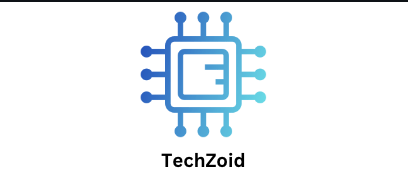A Web Power Switch: What Is It?
A network-connected gadget that permits remote electrical power switching is called a Web Power Switch. Web Power Switches are intended to be accessed by a web browser or a networked interface, in contrast to conventional power strips that must be operated manually. In essence, they integrate contemporary networking features with the functionality of a power strip. Usually, each outlet on the switch may be controlled separately, enabling linked devices to be powered on or off selectively.
These gadgets are frequently utilized in settings where remote equipment management is necessary or power cycling is necessary to preserve operational effectiveness. A data center, for example, can save time and personnel expenses by remotely rebooting servers and networking equipment instead of requiring on-site assistance.
How Do Web Power Switches Operate?
A Web Power Switch’s ability to connect to the network is essential to its operation. The gadget is linked to either the internet or a local area network (LAN). Once linked, a web browser or specialized software can be used to access it. Administrators may set automated power cycles, turn on or off particular outlets, and occasionally keep an eye on energy use in real time using the user interface.
A basic web-based control panel is used by the majority of Web Power Switches. Users may accomplish vital functions with this panel, like controlling power loads to avoid circuit overloads, remotely restarting servers, and shutting down unused devices to conserve energy. Additionally, some more sophisticated versions include capabilities like interaction with management software, scripting or API control for automated operations, and alarm alerts in the event that a device suddenly loses power.
The Use of Web Power Switches
Web Power Switches may be used in a wide range of settings, from business settings to private networks.
Data Centers and Server Rooms: Since downtime may be expensive, data centers are one of the main use cases. Without being physically present, administrators may identify troublesome devices, plan maintenance power cycles, and remotely reboot broken systems.
Telecommunications: In remote areas where on-site inspections are impracticable, telecom operators utilize Web Power Switches to manage network equipment, including routers, switches, and modems.
Home Automation: In order to control gadgets like computers, entertainment systems, and even lighting circuits, tech-savvy homeowners include Web Power Switches into their smart homes.
Energy Management: Companies that prioritize energy efficiency use these gadgets to track and regulate electricity usage, making sure that equipment is only turned on when it’s really required. This lowers total energy expenses.
Benefits of Web Power Switch Use
Adding a Web Power Switch to a network configuration has the following noteworthy advantages:
Remote Management: The ability to operate devices from any location with internet connection is by far the biggest benefit. As a result, less on-site troubleshooting is required.
Enhanced Efficiency: Selective power regulation and automatic scheduling maximize device uptime and avoid wasteful power use.
Cost Savings: Web Power Switches help to save overall operating costs by lowering energy usage and downtime.
Enhanced Safety: To protect delicate equipment from electrical risks, many switches have overload and surge protection features.
Automation and Integration: IT management software integration is frequently supported by modern devices, allowing for automated processes and power event notifications.
Conclusion
In an increasingly networked environment, the Web Power Switch is a contemporary approach for managing and regulating electrical power. It is essential for data centers, telecommunications, and even home automation aficionados because to its capacity to offer automated, dependable, and remote control over equipment. The Web Power Switch is a vital tool for operational dependability and efficiency, as it optimizes energy usage, minimizes downtime, and streamlines maintenance. The function of Web Power Switches is expected to grow even more important in both personal and business settings as technology develops and the demand for more intelligent energy management rises.
